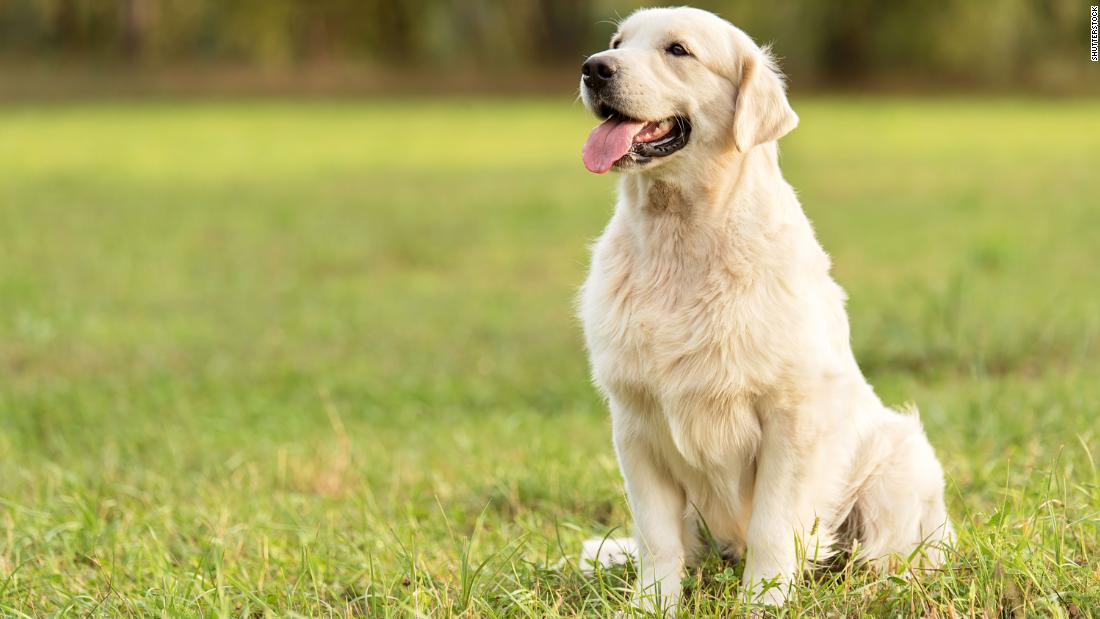
“This makes sense when you think about it: After all, a nine-month-old dog can have puppies, so we already knew that the 1: 7 ratio was not an accurate measure of age,” says lead author Trey Ideker. like saying
According to the study, a one-year-old dog is compared to a 30-year-old human, a four-year-old dog to a 52-year-old human. The aging rate decreases after the dogs are 7 years old.
The new formula “is the first to be transferable across species,” and scientists plan to test their findings on other breeds of dogs to study the impact of longevity on their findings, according to a statement.
The researchers also believe that observing changes in methylation patterns before and after the use of anti-aging products could help veterinarians make more informed decisions in terms of diagnosis and treatment.
“I have a six-year-old dog; he still runs with me, but now I realize that he is not as ‘young’ as I thought he was,” Ideker said.
.